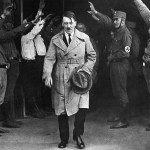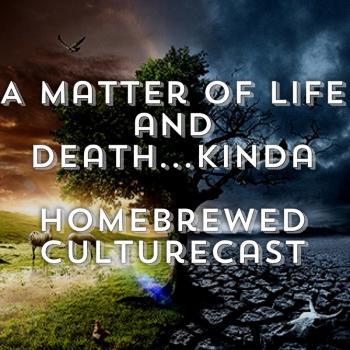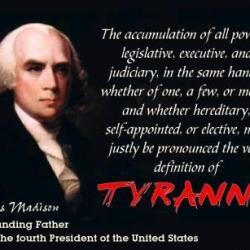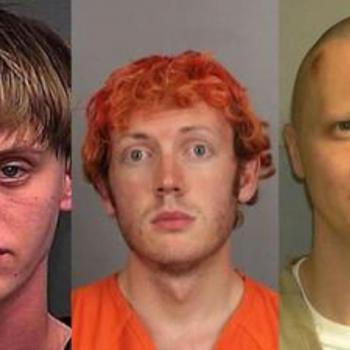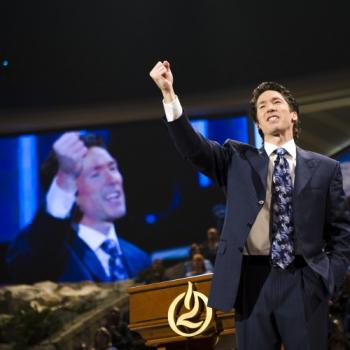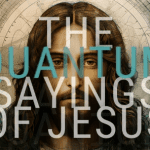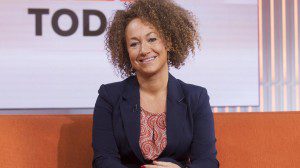
So how is this different from Caitlyn Jenner’s story? Or is it?
One of the arguments in support of Dolezal is that she has, on many occasions, identified as “transracial.” To be clear, there is no evidence I have seen that she has gone on to clarify whether she has meant that she identifies beyond traditional racial binaries, or if this means she was born culturally white and now identifies as black. And Dolezal herself claims in the interview that some of the confusion has come from a series of articles that have taken her claims of being transracial and changed her identity to biracial, and then another after that identified her as black. She does admit that she did not go out of her way to correct or clarify their statements, but she suggests on the Today Show that this was at the heart of some of the confusion.
However, in a compilation of clips from various interviews she has done in a video posted on the New York Times website, it is clear that is vague, if not intentionally evasive, when asked about her racial/cultural identity.
The matter is complicated further by the fact that her birth parents (both identifying as Caucasian 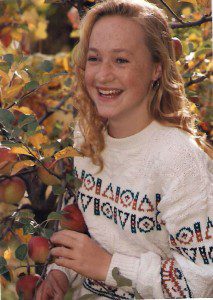
Aside from the fact that she served as the state head of a branch of the NAACP for about a decade under these pretenses, it’s also been suggested that she plays both sides of the fence as a matter of convenience, so to speak. Around the turn of the century Dolezal (then Rachel Moore) attended Howard University, a historically black college. In her 2002 lawsuit, she claimed discrimination based on, among other things, her race.
But it’s not what you might think. Dolezal/Moore said in the suit that she was denied a teaching assistant position because she was white.
But enough about Dolezal in particular. There’s plenty of media coverage about her in particular. Beyond this, I’m intrigued by the idea of self-identification and the perception of identity binaries in our increasingly pluralistic and postmodern culture. One thing I’ve noticed is that many people who were vocally, actively in support of Caitlyn Jenner’s self-identification as a woman have been as vocal and active in opposition of Dolezal. Even in myself, I felt immediate compassion for Jenner, but suspicion and some anger toward Dolezal. So my question is: why?
Following are some of the other questions I’m wrestling with today:
Yes, some of us support Jenner but not Dolezal, and some will say that this is because Jenner was honest about her transformation throughout, while Dolezal has been deceptive. However, Jenner’s former wives have stated otherwise. They felt deceived given that she didn’t divulge to them that she identified as a woman, even then.
We could say that the primary difference is that Dolezal benefitted from identifying as black, while Jenner lost much. However, it should be noted that Jenner landed on the cover of Vanity Fair, and has been offered her own television show and scads of media interviews.
Some might draw the line at the fact that Jenner always has identified as a woman, but that Dolezal hasn’t, or has even played both sides to her own benefit. But first, do any of us have any right at any time to question how someone else self-identifies with regard to gender, sex, orientation, race, ethnicity or culture? Under what conditions is it acceptable and when isn’t it?
Some argue that Dolezal co-opted a minority culture, but even given the progresses women have made, would anyone argue that women are not still minorities with regard to power, representation, compensation and even rights? and yes, I mean rights. Ask a woman in any number of more conservative Christian denominations who feels a call to lead a church how it feels to be denied that call. Or a Muslim woman.
I understand some of the more immediate, visceral reactions to Dolezal, and the impulse to distinguish one conversation from another. But it seems to me that, in the middle of the hype, scandal and accusations, there is a tremendous opportunity here to learn in a more in-depth and nuanced way about ourselves and one another. It’s my hope that we take that opportunity.
It calls to mind for me the moment in Malcolm X’s autobiography when his eyes are opened to the wrong-mindedness of some of his previous teaching. When he visits north Africa for the first time, he expects to see more people that look more like him. However, when he encounters native Africans who have light skin, fair hair and blue eyes, his own eyes are opened to the reality that racial binaries – or perhaps binaries in general – not only don’t hold up under greater scrutiny; they can easily be a seed from which much division and violence grow.
My question is not whether Rachel Dolezal is wrong, right, black or white. My question is what the rest of us will do with this incredible opportunity.

